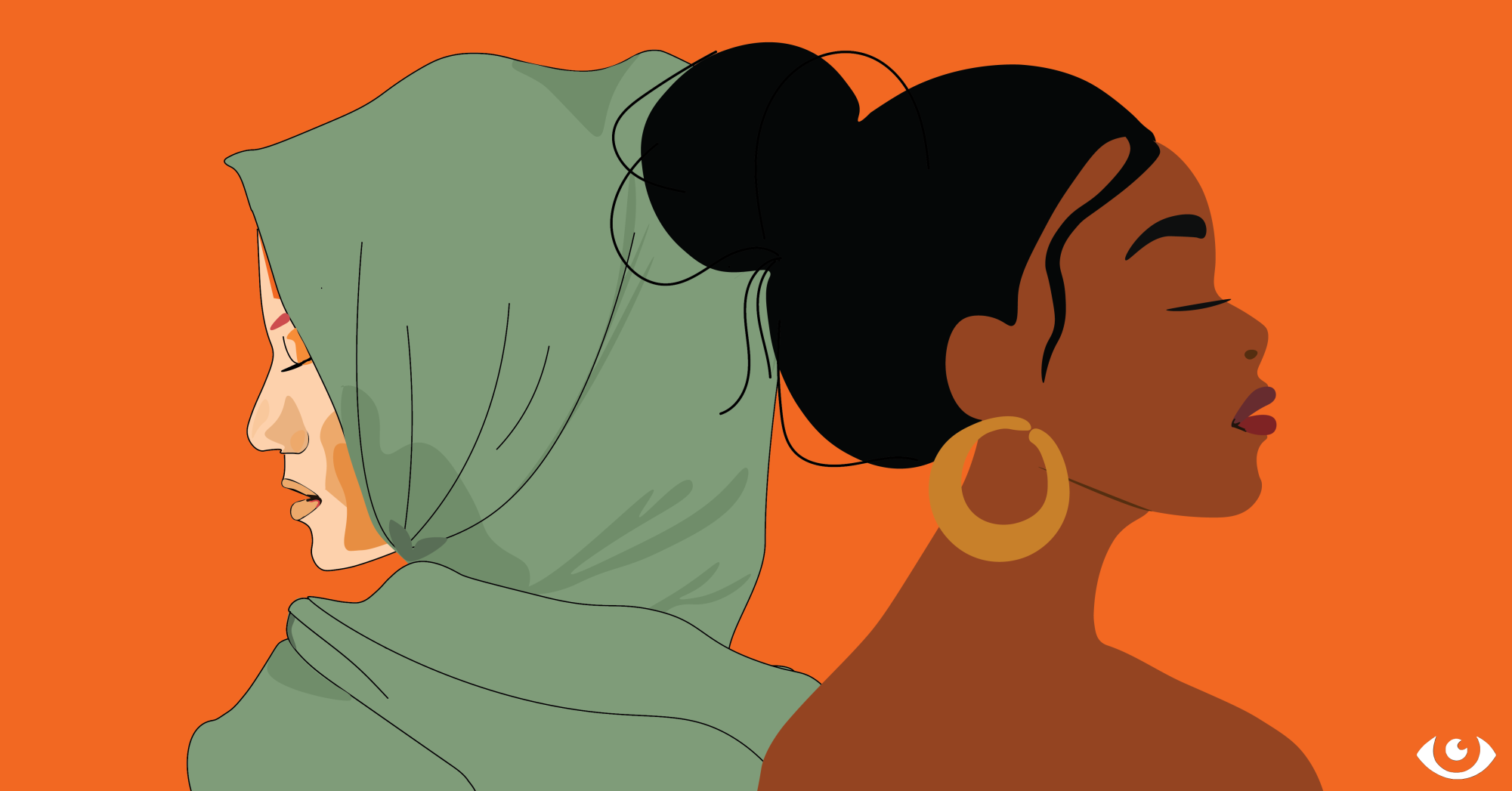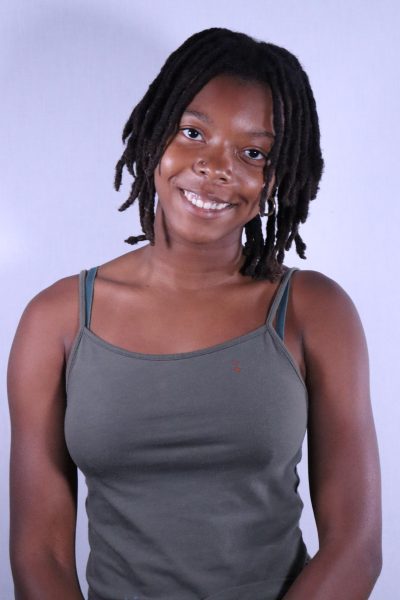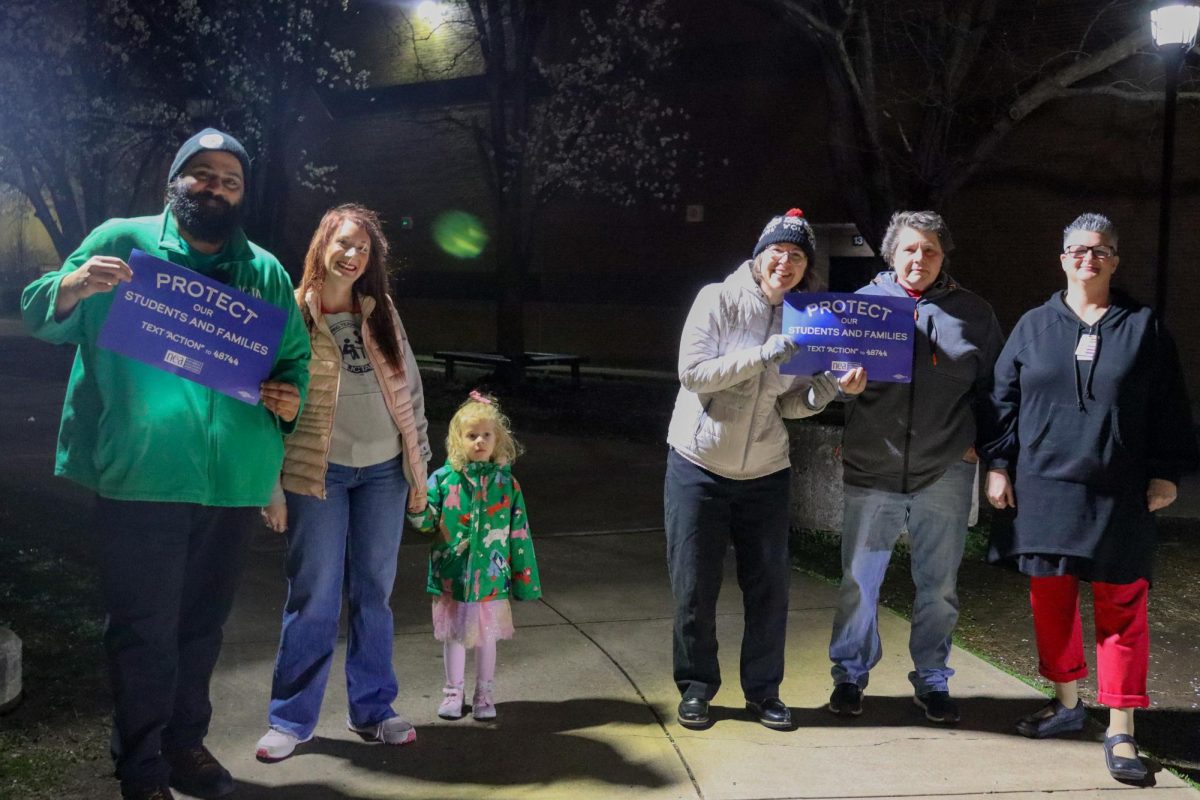A new “Middle Eastern or North African” (MENA) option will be added to the 2030 US census. The US Office of Management and Budget (OMB) released its findings and results of the Statistical Policy Directive No. 15 (SPD 15) in March of 2024.
This Directive is to certify that data is accurate and ensure that members of all races within the US are equally represented in demographic data.
“I just feel that it would just make things easier because there isn’t an option, so they just put something closest to them or white instead,” Abdelrahman Bandaras (10, HSU) said.
For years, adult persons residing in the US identifying ethnically as Middle Eastern or North African have listed themselves as ‘white’ in US census data from the previous 1997 SPD 15, as there was no closer option. The improved SPD 15 will result in more accurate census data and not leave two minorities off census data.
There are an estimated 3.5 million Middle Eastern and/or North African US citizens as of 2020, leaving out or having to adjust 3.5 million civilians severely skews the data, the intent of this change is to provide more accurate census data, or to continue “maintaining, collecting, and presenting race/ethnicity data across federal agencies,” says the United States Census Bureau (USCB).
“I feel that it is very important to include that in the census because there are so many people that come from different places that have that box to check as or check in,” Jumana Khammas (10, HSU) said, “…even though it doesn’t feel like much or it seems like such a small thing, it holds so much identity.”
The updated SPD will also allow for users to select more than one option to describe their ethnicity. In previous years the Some Other Race (SOR) option has increased, even surpassing the 46.9 million African American category by 3 million. This is because many minorities such as Hispanic have had difficulty in only choosing one option and deterring from choosing ‘Mixed’ as it implies being mixed from Black and White parents.
With assistance from the MENA community, the addition of this category aims to better “inform policy decisions, health research, civil rights monitoring and enforcement, and many other needs,” says the USCB.
“I do believe that having Middle Easterns and North Africans actually visible will help legislators be able to better understand and choose what’s needed for their communities, they’ll actually know their audience and people will feel better represented,” Khammas said.








